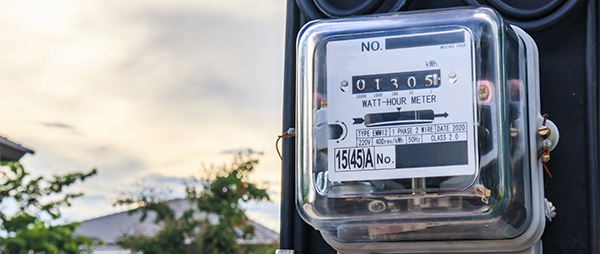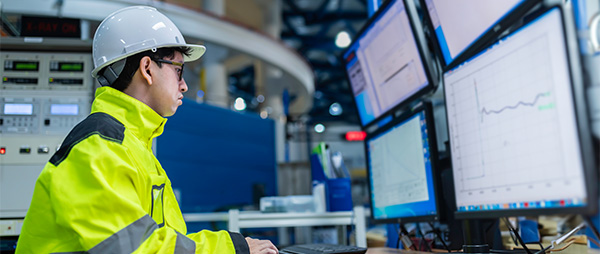The architecture of IoT
Understanding IoT architecture
IoT architecture is the conceptual model that structures the IoT ecosystem. It ensures the efficient flow of data among devices, enabling them to communicate, process information, and take intelligent action. In industries ranging from manufacturing to healthcare, IoT architecture serves as the vital infrastructure that underpins smart solutions. Its significance in enhancing operational efficiency, reducing costs, and driving innovation cannot be overstated.
Core layers of IoT architecture
Key components & technologies
IoT architecture models
Challenges & future trends in IoT architecture
Security vulnerabilities
One of the most significant challenges facing IoT is ensuring robust security. As IoT networks expand, they become more vulnerable to cyber threats.
Specific challenges
These include securing data transmission, preventing unauthorised access, and safeguarding sensitive data.
Example
A common concern is the hacking of smart devices, which can lead to privacy breaches and unauthorised control over systems within your business or home.
Scalability issues
As IoT networks grow in size and complexity, maintaining performance and efficiency becomes challenging.
Specific challenges
These include managing large volumes of data, ensuring consistent connectivity, and maintaining system performance.
Example
Scaling IoT solutions in smart cities, where thousands of devices must communicate and function seamlessly, poses significant logistical and technical challenges.
Interoperability
Interoperability refers to the ability of various IoT devices and systems to work together seamlessly.
Specific challenges
These include standardising communication protocols and ensuring that different devices from various manufacturers can communicate effectively.
Example
In a smart office, devices such as smart thermostats, lights, and security systems often need to interact with one another, but differences in standards and protocols can hinder seamless integration.









